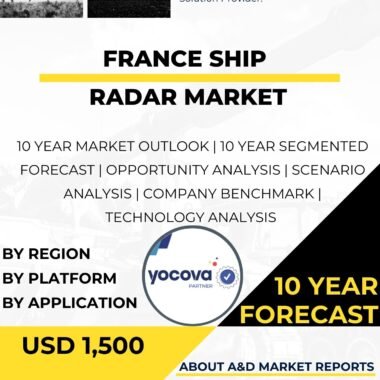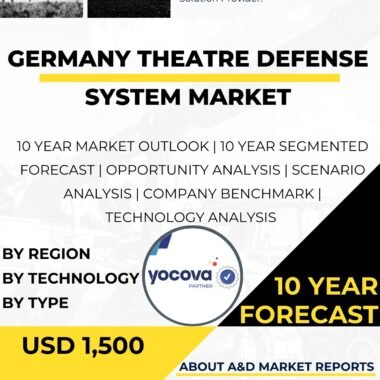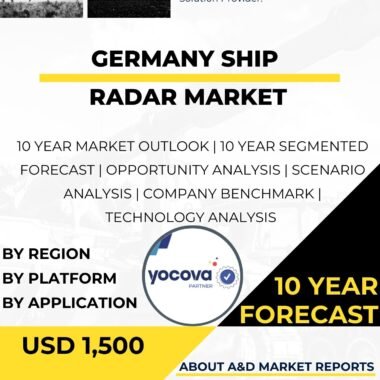Description
The South Korea search and rescue (SAR) helicopter market is a critical segment of the country’s aviation and defense industries, providing essential air assets dedicated to saving lives and responding to emergencies in various terrains and conditions. SAR helicopters play a pivotal role in conducting search and rescue missions, medical evacuations, disaster response, and humanitarian assistance. South Korea’s focus on indigenous development, strategic partnerships, and technological innovation has positioned it as a major player in the global SAR helicopter market.
Search and rescue helicopters are specialized aircraft equipped with advanced sensors, communication systems, and medical equipment to locate and assist individuals in distress. These versatile helicopters are crucial for reaching remote or inaccessible areas quickly and conducting lifesaving operations in challenging environments, such as mountains, forests, and maritime regions.
Indigenous development has been a cornerstone of South Korea’s approach to the SAR helicopter market. The country’s defense industry, represented by companies like KAI (Korea Aerospace Industries), has made significant strides in developing advanced SAR helicopters tailored to meet the specific requirements of South Korea’s defense and civil agencies.
The South Korean military relies on SAR helicopters to perform critical rescue missions and support military operations. These helicopters are instrumental in conducting personnel recovery in hostile environments, supporting training exercises, and providing aerial assistance during natural disasters or humanitarian crises.
Beyond military applications, SAR helicopters are essential for civilian search and rescue agencies, including the Korea Coast Guard and the National Fire Agency. These agencies respond to various emergencies, such as maritime accidents, mountain rescues, and urban disasters, where rapid and precise aerial assistance is crucial to saving lives and mitigating damage.
South Korea’s commitment to innovation and research and development (R&D) has driven advancements in SAR helicopter technology. The country invests in R&D programs to enhance helicopter performance, range, and endurance, as well as to integrate state-of-the-art sensors and communication systems for improved situational awareness and coordination during SAR operations.
As part of its broader defense and aviation industries, South Korea’s SAR helicopter market extends beyond domestic needs. The country actively exports SAR helicopters and related technologies to other nations, generating revenue and expanding its influence in the global market. Successful exports demonstrate the reliability and performance of South Korean-made SAR helicopters, contributing to the growth of its defense industry.
Strategic partnerships with international helicopter manufacturers also contribute to South Korea’s SAR helicopter capabilities. Collaborations enable technology transfer, joint ventures, and the integration of foreign systems into South Korea’s indigenous SAR platforms, enhancing the overall performance and versatility of the country’s SAR helicopter fleet.
To ensure optimal utilization and proficiency in operating SAR helicopters, South Korea places significant emphasis on training and skill development for its pilots and SAR teams. Training programs focus on enhancing flight proficiency, search and rescue techniques, and medical evacuation procedures to conduct safe and efficient SAR missions.
Moreover, safety is a paramount consideration in the SAR helicopter market, given the challenging and often hazardous nature of rescue operations. South Korea adheres to stringent safety regulations and maintenance standards to ensure the airworthiness and reliability of its SAR helicopters, minimizing the risk to crews and survivors during missions.
In conclusion, the South Korea search and rescue helicopter market is a critical aspect of the country’s aviation and defense capabilities. Indigenous development, strategic partnerships, and innovation have allowed South Korea to create advanced SAR helicopters that meet the specific needs of its military and civilian search and rescue agencies. From conducting life-saving operations in challenging environments to supporting humanitarian assistance and disaster response, SAR helicopters play a crucial role in safeguarding lives and supporting national security and resilience. As the defense and aviation industries continue to evolve, South Korea’s dedication to advancing its SAR helicopter technology will remain essential in maintaining its position as a major player in the global SAR helicopter market.




